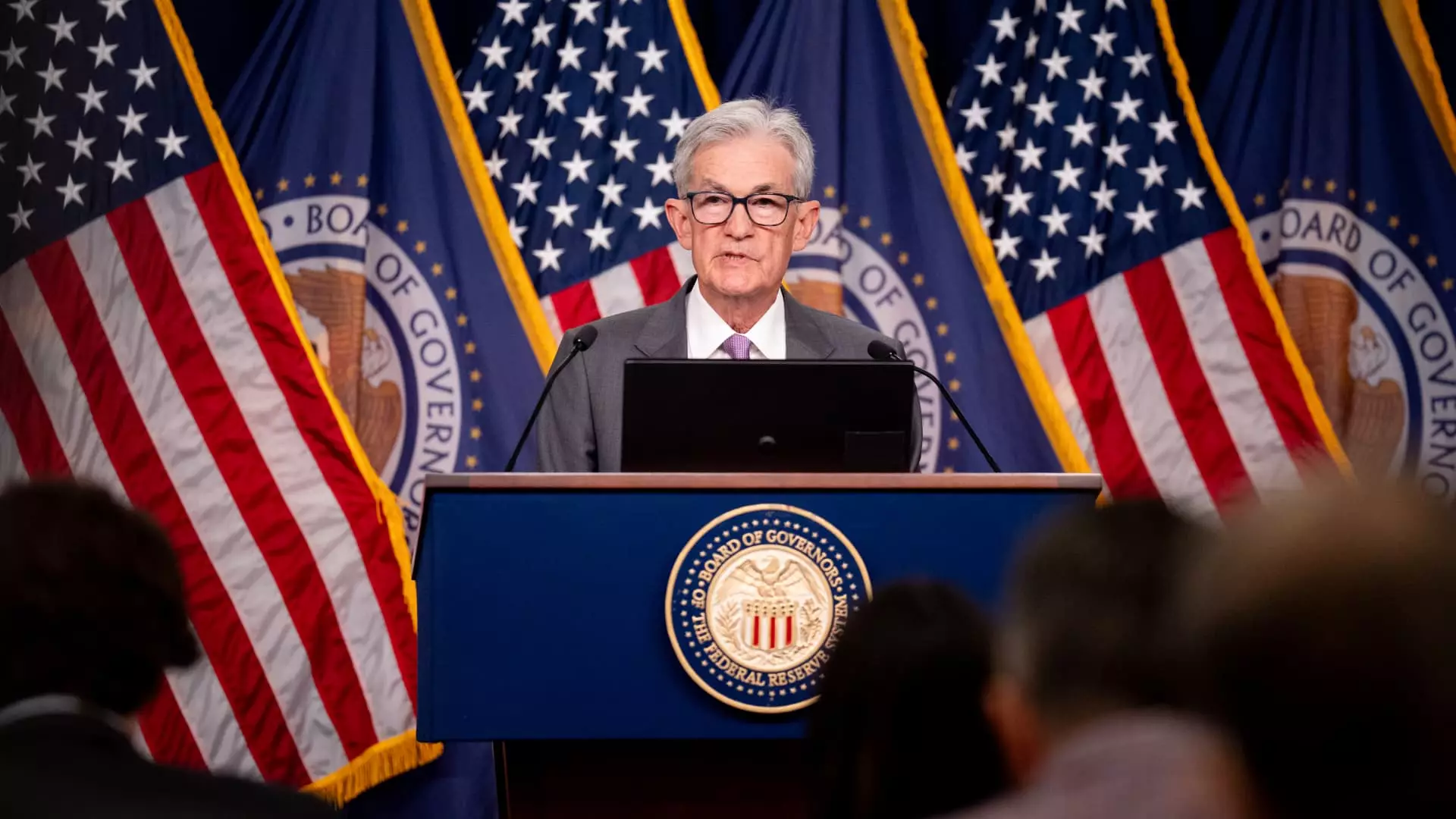The British fund manager abdrn has predicted that the U.S. economy may experience a soft landing in the near future. However, there is still a looming risk of a prolonged slowdown in 2025, as highlighted by Kenneth Akintewe, the company’s head of Asian sovereign debt. During an interview on CNBC’s “Squawk Box Asia,” Akintewe raised concerns about the accuracy of economic data, particularly pointing to the non-farm payrolls. He noted that these numbers were later revised to reflect a weaker economic outlook, with the U.S. Labor Department reporting 818,000 fewer jobs created than initially reported from April 2023 to March 2024.
Akintewe questioned whether the Federal Reserve was “sleepwalking into a policy mistake,” given the discrepancies in the economic data. He suggested that the economy might be weaker than what the headline numbers indicate, and therefore, the Fed should consider easing its monetary policy. According to Akintewe, policy changes by the Fed take time to have an impact on the economy, and if the economy is indeed weaker than projected, a significant amount of easing, possibly ranging from 150 to 200 basis points, would be required. He emphasized that such easing measures would take time to transmit through the economy, with a lag of six to eight months before tangible effects are observed.
Should the economy show further signs of weakness at the beginning of 2025, Akintewe suggested that it would take until the second half of the year for the effects of any easing measures to be reflected in the economy. He cautioned that the market’s focus on forecasting rate cuts might be overlooking the underlying economic conditions. Akintewe questioned the rationale behind maintaining a policy rate of 5.5% when inflation levels are around 2.5%, highlighting the disconnect between the policy rate and prevailing economic uncertainties.
Recent data on the personal consumption expenditures (PCE) price index, which serves as the Federal Reserve’s preferred inflation gauge, showed a modest increase of 0.2% last month. This data aligns with expectations for a smaller rate cut by the Fed. Market indicators currently suggest a 70% probability of a 25-basis-point rate cut at the upcoming Fed meeting, with a remaining 30% anticipating a more significant 50-basis-point cut. The evolving inflation dynamics and economic indicators are likely to influence the Fed’s decision-making in the coming months.
The risk of a prolonged economic slowdown in 2025 remains a significant concern, as highlighted by experts like Kenneth Akintewe. The potential for policy mistakes and the delayed impact of easing measures underscore the need for cautious and strategic decision-making by central banks and policymakers. As economic data continues to evolve and uncertainties persist, the path to recovery and stability may require a nuanced approach that considers both short-term challenges and long-term sustainability.

